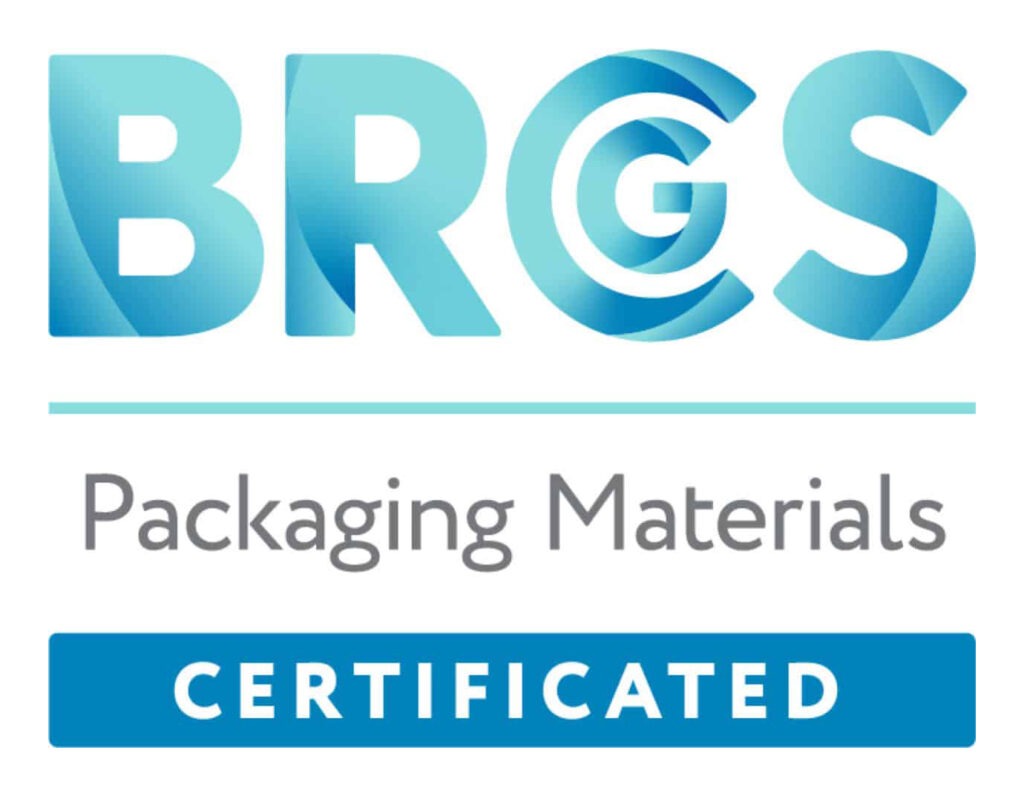Flexible packaging films – Benefits and uses
If you are a supplier, manufacturer or business owner looking for packaging solutions for your products, you need to consider benefits, types and uses of packaging material available in the market, amongst other key factors. For lightweight and versatile packaging that is not only cost-effective but is also durable and convenient, flexible film packaging comes to mind.
Known for their wide usage in industries such as food and beverage, medicine, pharmaceuticals and pet food, flexible packaging films have grown in popularity due to their versatile qualities.
In 2023, flexible packaging stood out as the leading packaging type in the UK packaging industry*. In the same year, flexible packaging was also the leading packaging type in the food industry**. The medical flexible packaging market in the UK generated $393 million in revenue in 2023 and is set to exceed $520 million by 2030***.
This blog answers queries related to the benefits and uses of flexible films. Read more below to understand why flexible films might be an ideal fit for your company –
What are the benefits of flexible packaging films?
Flexible packaging is made from thin flexible materials such as plastic, paper, aluminium or a combination of these laminated together to develop packaging materials that have particular unique properties.
Flexible films are made from different base materials of plastic that are available as a monolayer or can be laminated to form multi-layer packaging depending on the range of properties required.
The benefits of flexible films are endless, some of them are –
- Cost-effectiveness: Flexible films are made from fewer raw materials compared to rigid packaging and therefore add more value relative to the same cost.
- Efficient production cycles: Faster production of flexible film leads to cost savings on labour and energy and the total time taken to complete one production cycle is reduced.
- Logistics and distribution: Flexible films are less bulky, occupy less space and are therefore easier for storage, transportation and distribution. They can be packed together with minimal wastage of storage space and often require no protective secondary packaging material like cartons or crates, leading to optimised capacity in warehouses and during transportation.
- Waste management: Lower raw materials also means that when the packaging has served its purpose, it is easier to manage its disposal and often costs less. Many flexible films are also recyclable and compostable.
- Shelf life: Flexible films are designed to be durable, protective and help maintain a long shelf life. This helps products last longer in storage or on shelves without being affected by factors such as moisture, heat, light, oxidation, microbial growth and physical impact such as rough manual or automated handling throughout the supply chain. Protecting products from factory to shelf ensures less wastage of product and loss of revenue during storage and transportation.
- Printing and branding: A unique benefit of flexible films is the ability to support printing and branding. The surface finish of flexible films allows for creative design and printing to boost brand value and increase visual appeal of the product. Additionally, design, printing and production of the films can be optimised with innovative techniques and ink options, to minimise time and reduce the number of stages required to achieve the finished product.
What are the uses of flexible films?
Understanding the benefits and applications of flexible films can help identify whether they are suited to your products and will appeal to your partners and customers.
- Vertical and horizontal form fills – If you require 100% food grade printed or plain films that support high speed packaging, VFFS and HFFS are the way to go. This process takes a reel of flexible film and fills it with hot, cold or ambient food and seals it – combining filling and sealing in one step. Flexible films are filled and converted into bags, stand-up pouches and lidding films.
- Ovenable and microwaveable films – If you require food packaging that can be microwaved or placed in the oven, these films are perfect as they are resistant to heat and can be filled with hot or frozen food. In addition, flexible films with hole punch or hot needle perforation let steam out during cooking.
- Resealable, peelable, weld seal films – Peelable films are the most convenient as they are easy for the end user to open. Resealable films help keep food fresh after opening the bag or pouch. Weld seal films provide the most protection and need to be punctured to be opened. All three types of flexible films have high strength, lock in freshness and are leak-proof and puncture resistant.
- Clear, matte, white or metallised films – For specific visual appeal, choosing a clear, matte or white film is optimum. Matte films add a premium look and feel, whereas clear films are great to show how tempting the food looks. Metallised films don’t just add to the visual appeal but also make the packaging stronger.
- Transfer and contamination resistant films – These films prevent the transfer of oils, moisture and aromas, thus maintaining the flavours and taste of the food. Flexible films also prevent harmful bacteria and microbes from entering, keeping the food fresh and safe for consumption.
Terinex Flexibles: A premium flexible film packaging solution
For over 20 years, at Terinex Flexibles we have supported leading suppliers, manufacturers, small, medium and large business owners by meeting their design, printing and converting goals.
From choosing the right flexible film for your requirements to designing and printing to fit the preference of customers and partners, we guide you through all the crucial stages. Backed by an experienced team of experts and proactive technical support, we cater to your sector and meet industry standards to deliver innovative and sustainable packaging solutions.
Contact us for any assistance regarding your packaging needs, we’re just a message away.
* ResearchAndMarkets, **GlobalData, ***GrandViewResearch





